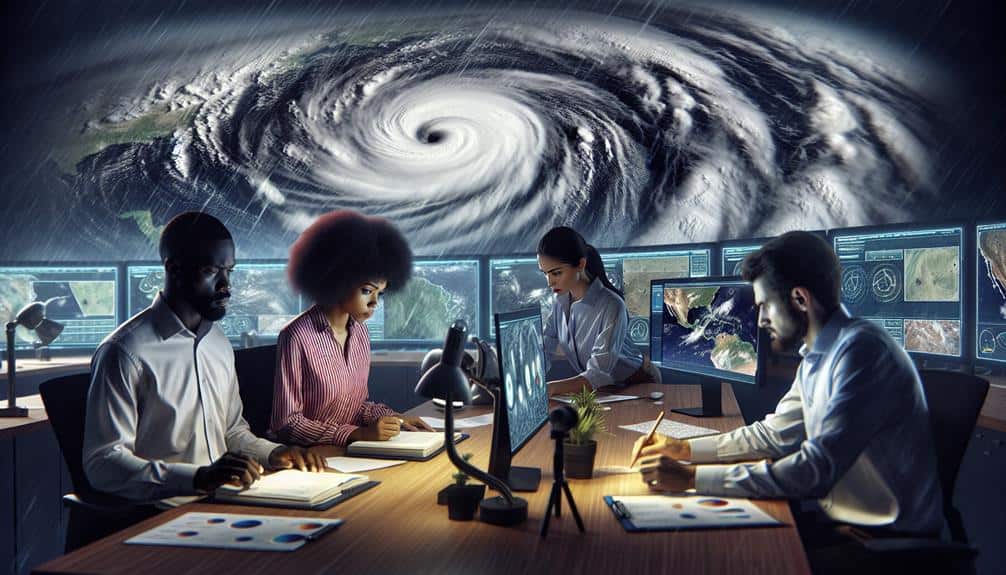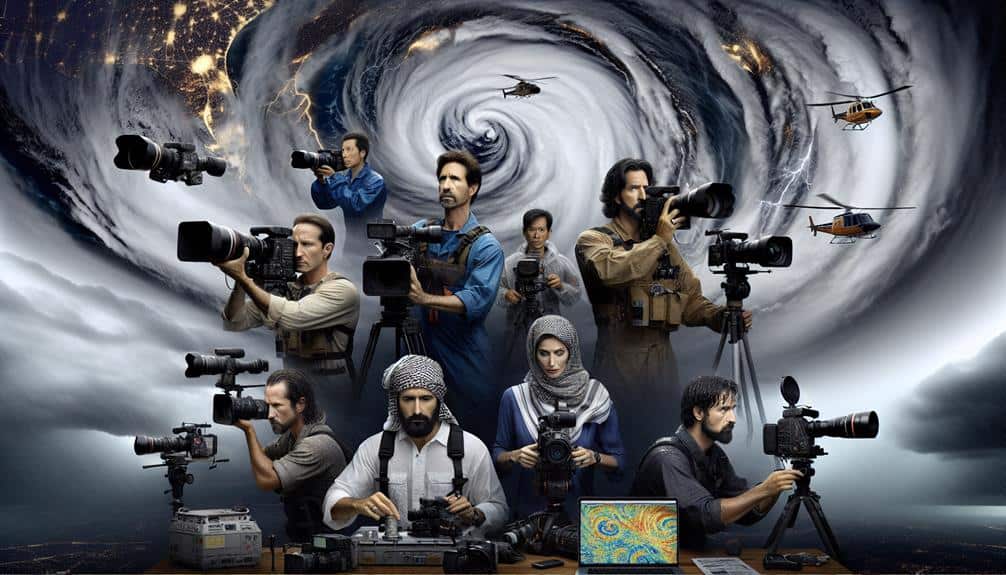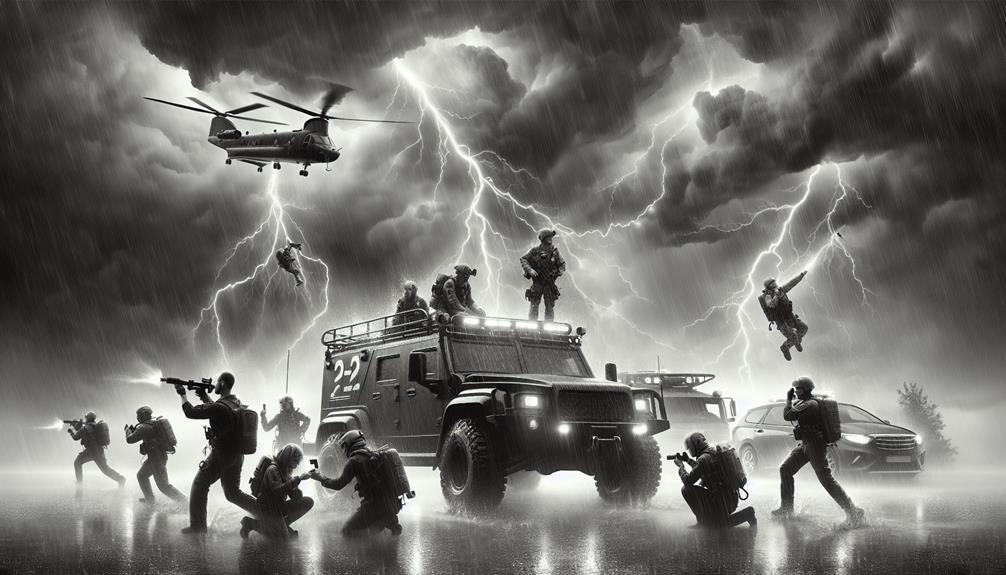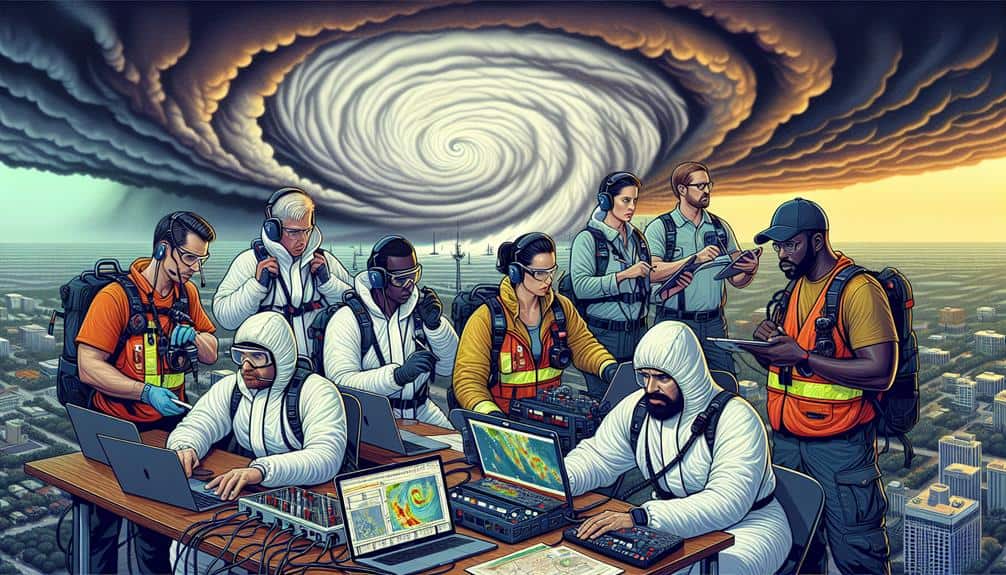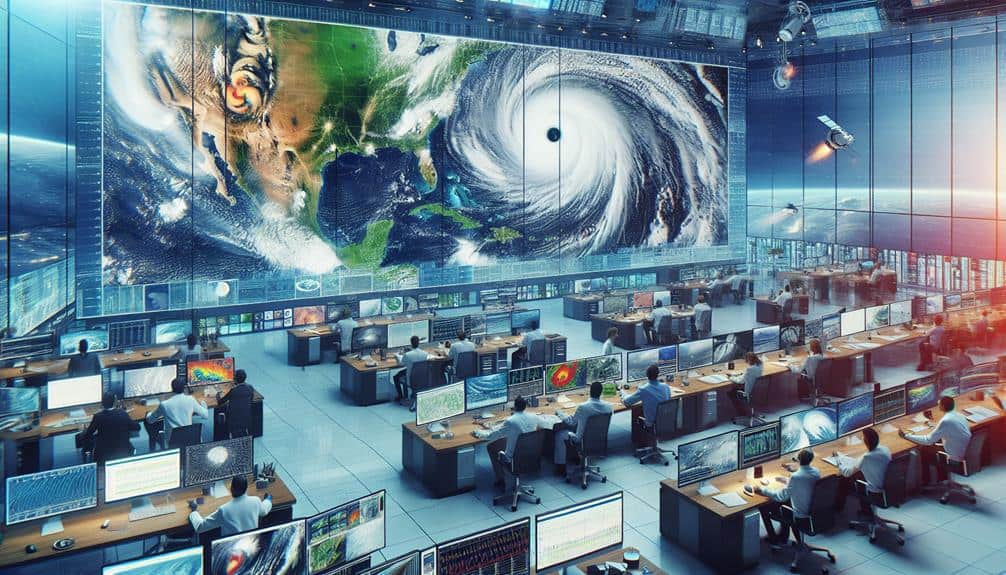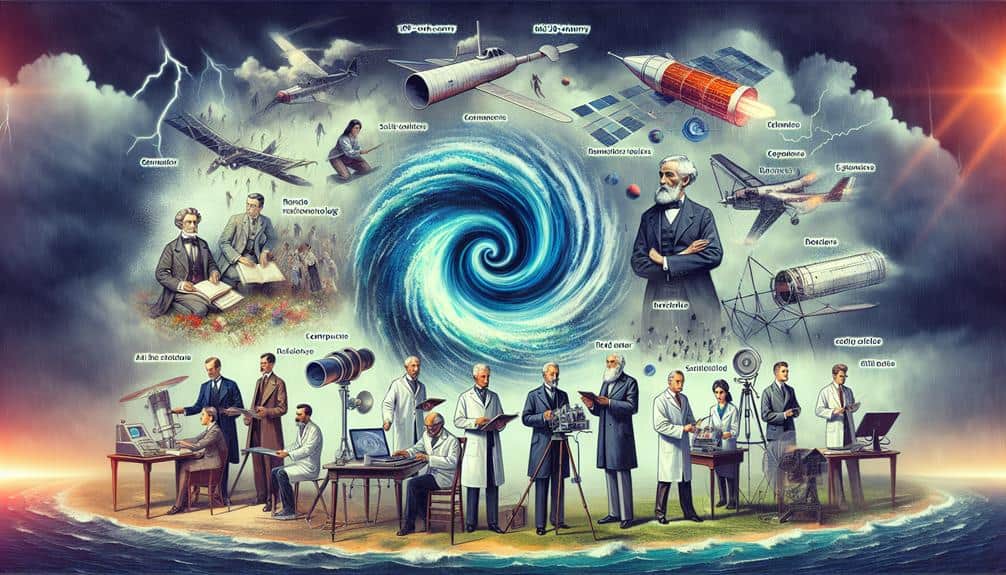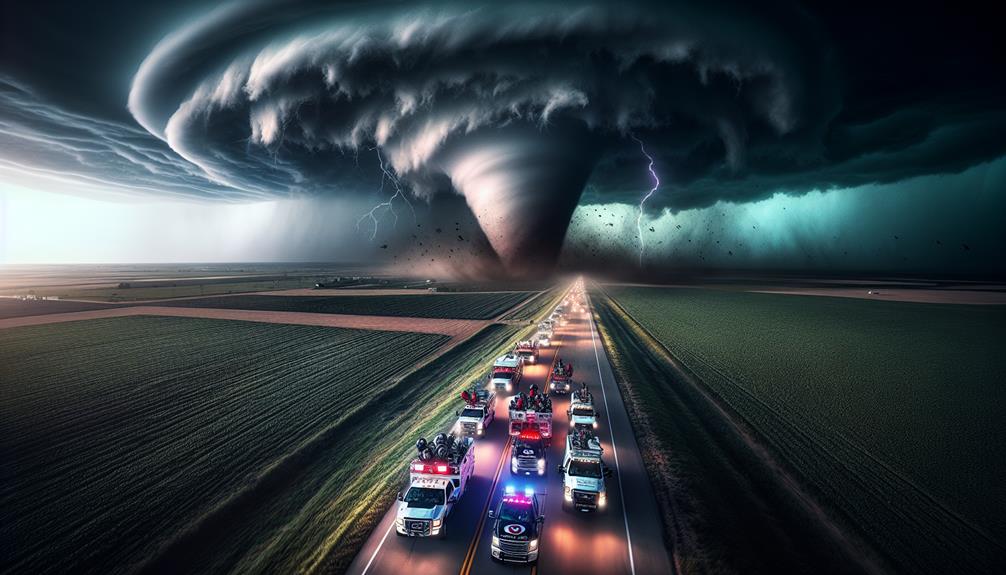Studying Hurricanes in Extreme Weather: Insights From Experts
As researchers studying hurricanes, we rely on advanced tools like Doppler radar, dropsondes, and satellite imagery to gather real-time data on hurricane dynamics. Our equipment includes GPS-enabled weather balloons and drones to monitor wind speeds, pressure changes, and precipitation patterns. Safety is paramount; we use high-resilience helmets, waterproof suits, and GPS personal locator beacons. Navigating […]
Studying Hurricanes in Extreme Weather: Insights From Experts Read More »
